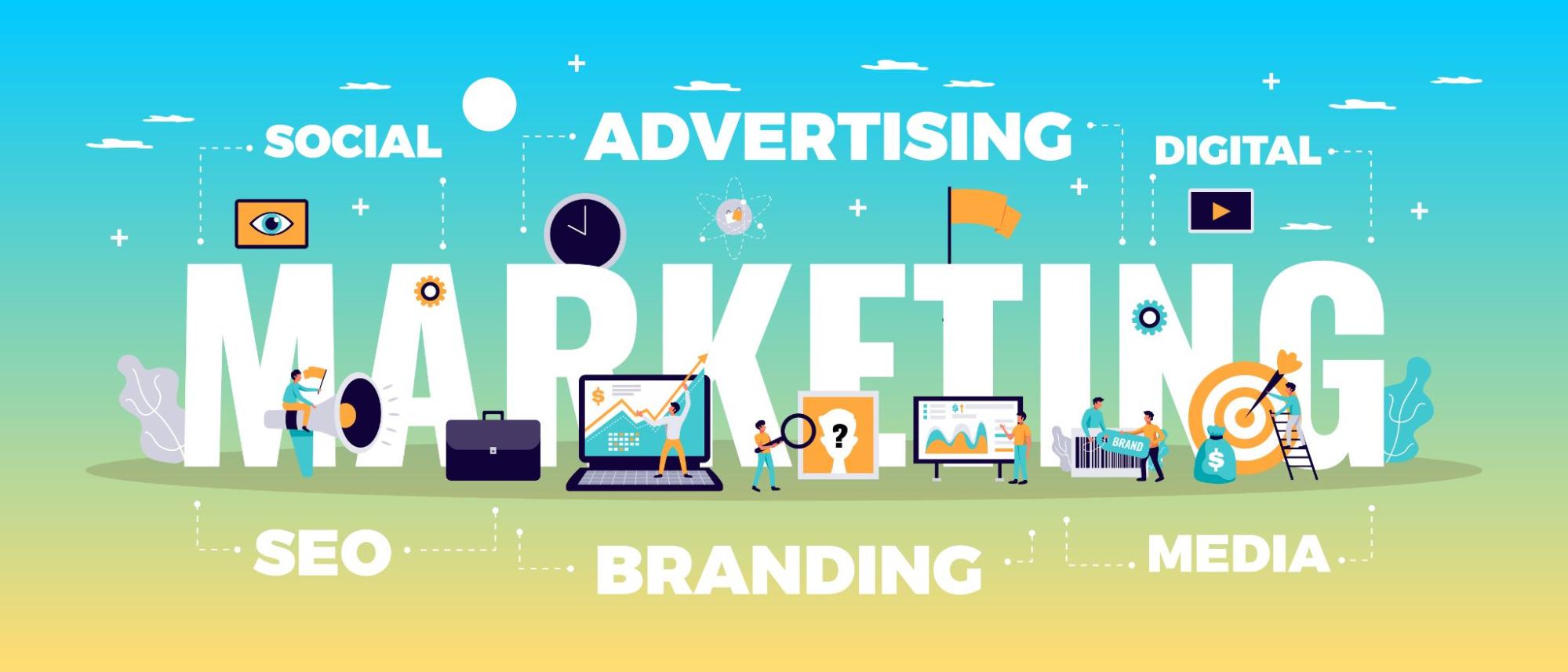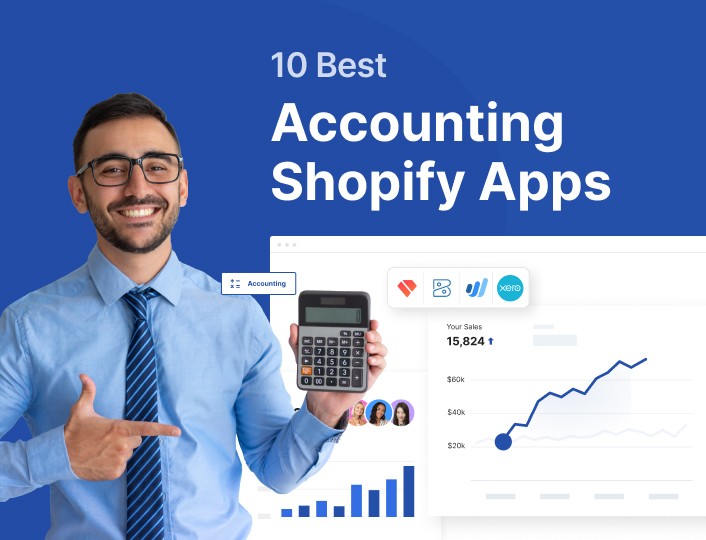There are certain beginner mistakes you must avoid when starting a store on Shopify. That’s exactly what this post is about.
Shopify is one of the largest platforms, with over 600,000 stores hosted on it. For this reason, many entrepreneurs want to jump on the wagon to become a Shopify store owner without conducting proper research and planning on their choice of business. Because of this, they often face challenges and make mistakes when starting a Shopify store which may cost them the business or jeopardise them.
To help you guard against this pitfall, we have curated a list of 12 Beginner Mistakes to avoid when starting a Shopify store. This is our point of view and does not represent all the mistakes one can experience in setting up a business. Even successful Shopify businesses made mistakes and still make mistakes. Mistakes are inevitable, and all we can do is learn from them and not repeat the same mistake.
That said, here are the 12 commonest mistakes Shopify entrepreneurs often make and how you can avoid them.
1. No Business Plan
Every business needs a sustainable plan to succeed. You must have heard this popular saying: “When you fail to plan, you plan to fail” is a popular saying.
A well-structured plan and a laid-out strategy to implement the plan will keep a business ahead of competitors always.
Do you know that many businesses fail within their first year of operation? Why? This is because they do not have a plan, no market or product research, inability – just not a single plan.
Some do not even have a mission statement or a business value in place. How can such a business flourish? Most entrepreneurs start a business because others are doing it, or they feel the demand for such a product is high at the time.

If you are new to Shopify, ensure you have an articulated business plan that incorporates every aspect of it.
Your products or services should always revolve around your business plan to track your goals and values. Read more startup books to start your own business with solid business strategies. However, if you cannot write a business plan, you can hire a professional business plan writer to help you create a business plan.
2. Not knowing your target audience
Another important thing to know before starting a business is your target audience. Before you launch your store, it’s important to know who your ideal customers are.
For instance, baby diapers & baby formula businesses target breastfeeding or lactating mothers. You need to research your target market, understand their values and beliefs, online behavior and interest.
When you fail to do your research, your business will likely crumble because you may be marketing to people who have no interest in your product.
One easy way to determine your ideal customers is by creating a buyer persona. A buyer persona is simply a profile of your ideal customers that details their likes, occupation, demographics, etc.
3. Not optimizing your Shopify for SEO
Another classic mistake we see a lot of online entrepreneurs make is failing to optimize their websites for search.
Some Shopify beginners believe that once the store is set up, and products are stocked on the store, traffic will automatically flow to the store. This is a fallacy and there is no truth in that. For every product you sell, there are a hundred more Shopify stores that sell the same product.
To increase store traffic, differentiate your store and stay ahead of your competitors, you must ensure all your stores are fully optimized for search.
To optimize your store, you need to ensure that every part of it is optimized for SEO. This includes optimizing the website load time, website speed, web page optimization, the product page, the image optimization, meta descriptions and product descriptions.
4. Using low-quality images or not compressing images
Images are the focal point of your page and should not be neglected. It may be product image, background image or informative images. Whatever type of image it is should not be overlooked. Sometimes, how a product image appears on the page can determine if a visitor wants to buy from your store or not. To this effect, you need to optimize images.
For example, you can use an image resizing app to compress your images with high resolution and large file size. There is also an option to reduce the dimension and det a defined dimension for all your images. Doing this will improve the page load time and aesthetic look of the site.
Going on, avoid the use of low-quality or blurry images on your site. Failure to do this will make your store look tacky and give visitors the impression that the owner is unserious. This will make them run away, never to come back.
It is advisable to take professional product images with a good background that flows with the product. Unfortunately, Shopify does not offer product photography, so you would have to hire a professional photographer for that purpose.
5. Having a complicated checkout process
Checkout should be simple and straightforward to reduce abandoned carts. Visitors tend to leave a checkout that takes too long to complete. It is understandable that information about the customer is collected during checkout but it is better you collect a few and keep the customer in the store.
One way to simplify your checkout flow is by using an add-to-cart app. Such an app allows your customer to add products to your cart and complete checkout without navigating to your checkout page.
Secondly, pay attention to the abandoned cart because customers who have reached checkout process at a point had an interest in your store or product, so it is best to look out for people who reached your abandoned cart for retargeting.
6. Focus only on desktop users and not optimize Store for mobile users
It’s easy to get carried away with optimizing your website for desktop view that you forget most of the visitors to your website will be mobile users. This is a mistake you should avoid by all means.
You know why? 52% of store traffic and orders come from mobile devices. You would be doing yourself a lot of disservice by not optimizing your website for mobile traffic.
Use Shopify apps that are compatible in both desktop and mobile devices to avoid site distortions on any of the devices. In the same manner, use images are adaptive and do not go out of proportion on both desktop and mobile devices.
Lastly, try to create a personalized browsing experience for mobile users coming to your website.
7. Not having a Solid Marketing plan
Marketing plans should be at the forefront of your business. When you launch your business and identify your target market, your marketing plan will be easy to set up. If you market a product without a plan or a target audience, you won’t make much progress.
There are various kinds of marketing you can use to uplift your business, and they mostly depend on the size of your online store.
Focus on one aspect of marketing at a time, it can be brand awareness, sales increase or conversion. Whatever your plan you choose, put in the effort and time into it until you achieve success.

8. Having too many or too little Shopify App in your store
You may be tempted to install every app you come across on Shopify. In as much as they help to get work done faster, installing too many apps on your store will slow it down.
Besides, too much popup can be annoying, may piss the customers off and make them move away from your site. Use Shopify apps only when necessary and avoid apps that are not compatible with your theme.
Conversely, having too few apps will make you do most work manually which can take up the time and energy you need to do other things. Shopify themes alone have very few basic apps your store needs to get work done, so you need to install more Shopify apps that can get the work done, simplify the process and without affecting the site’s page layout.
9. Not focusing on Cash Flow and Profits
You must understand the basic concept of Accounting before you venture into any business. This is another mistake beginners need to avoid when starting a Shopify Store. You should know how to calculate your profits and understand the inflow and outflow of cash. Most owners focus only on the gross profit and neglect the cost of operation which tends to affect the business in the future.
According to research conducted by Shopify, small businesses spend an average of $40,000 in their first full year.
This means that you income should be higher than the expenses for you to become successful and your business to grow. You need to keep account of every expense, be it marketing, operation, product, shipping e.t.c. You need to understand that not all money made from sales is profit.
10. Offering Giveaway and freebies free without thinking through
Another mistake to avoid when starting a Shopify store is offering giveaways and freebies for free. As a beginner do not offer giveaways because your competitors are doing so. You may fall into a big debt you may never recover from.
Before you engage in such promos and giveaways, you must have plan them out well and take necessary precautions to avoid any repercussions.
It is advisable to start with a discount sale, this is one of the popular ways of engaging customers and boosting sales and then move to giveaway if the cost of giving freely does not affect your overall profit at the end.
11. Not using Google Analytics and Facebook Pixels
Google Analytics is a powerful marketing tool that allows you to measure, analyze and track customer’s behavior in your store. Likewise Facebook Pixel is another marketing tool used to track customers who are coming from Facebook to your website.
This is crucial for every Sopify store owner to have on their store, it helps them to know who their customer is, where they are coming from(using the URL and IP address), their geographics and what they search for on your site. Tracking these metrics will help you understand your visitors better.
12. Not investing in organic marketing
Paid advertising like PPC(pay-per-click) and Facebook Ads can be challenging to Shopify beginners especially when on a budget. Although paid ads convert, the rate is lower when compared to organic marketing.
For beginners who want to grow their business, focus on organic marketing. This is entirely free and customers who come through organic marketing are likely to become loyal customers.
Blogging is a good example of organic marketing, but you need to be consistent to see meaningful results.
Although, it is good to write about a product, it is also advisable to write informative and educative content your visitors will value. Doing so will help to boost your website’s visibility on Google.
Conclusion
Nobody is above mistakes but the reasons why your Competitors or those who have stayed long with Shopify are that they have made their own mistakes, corrected their errors and are working towards perfection.
Understanding these mistakes and avoiding them will help you overcome some challenges and help you grow your business exponentially.



